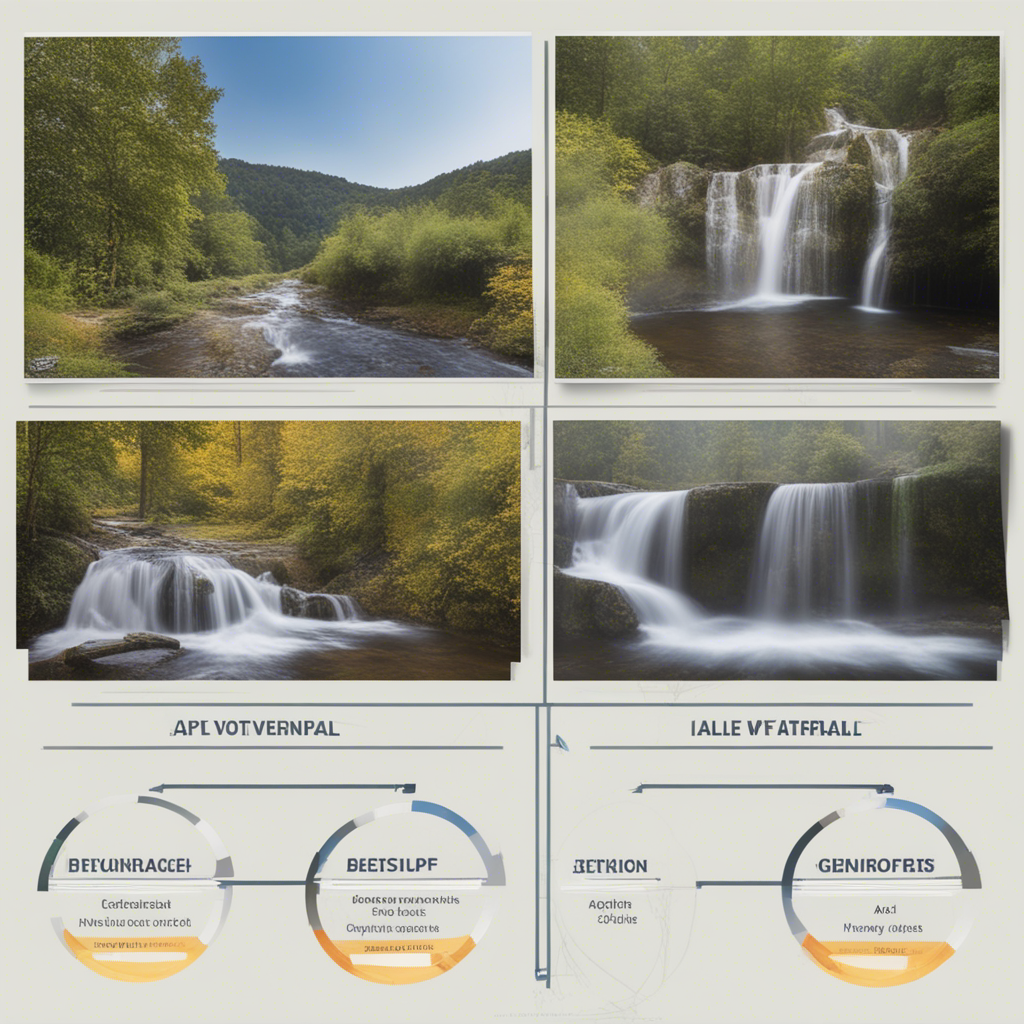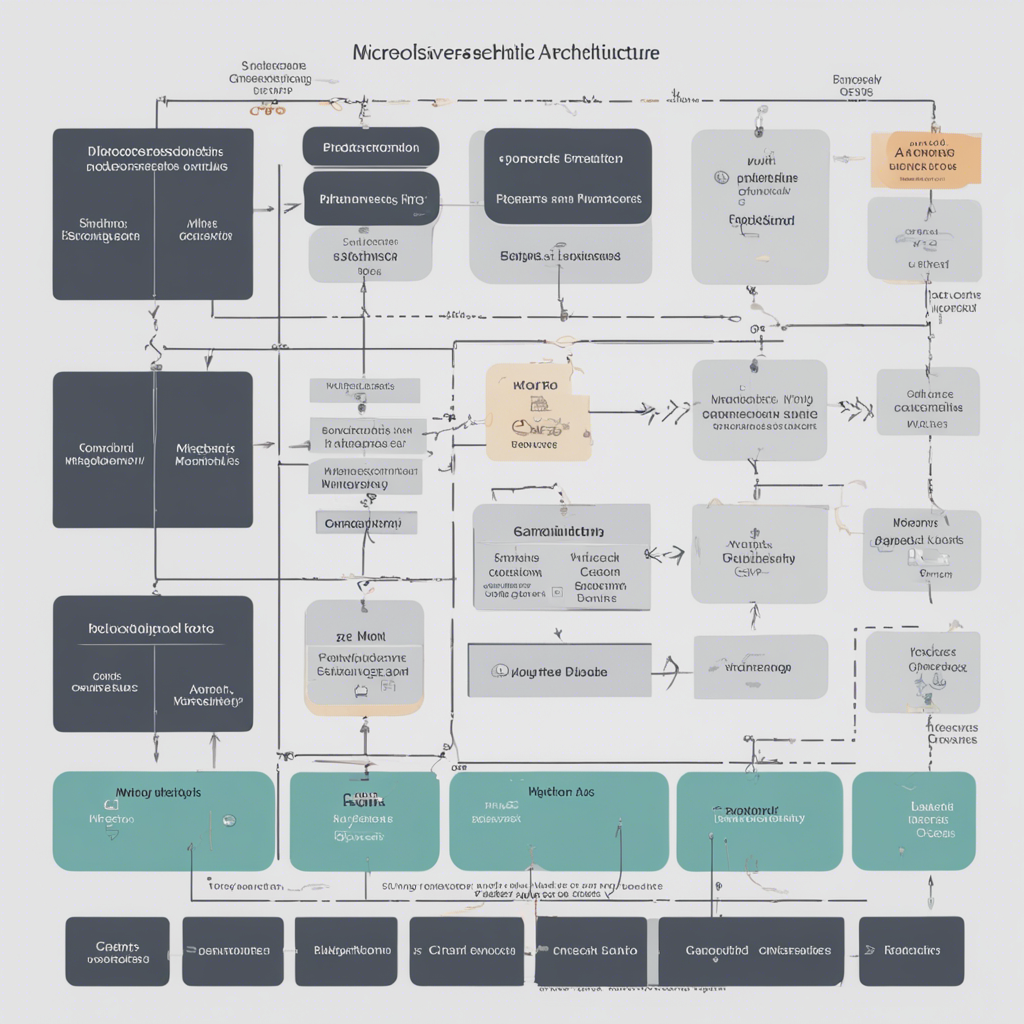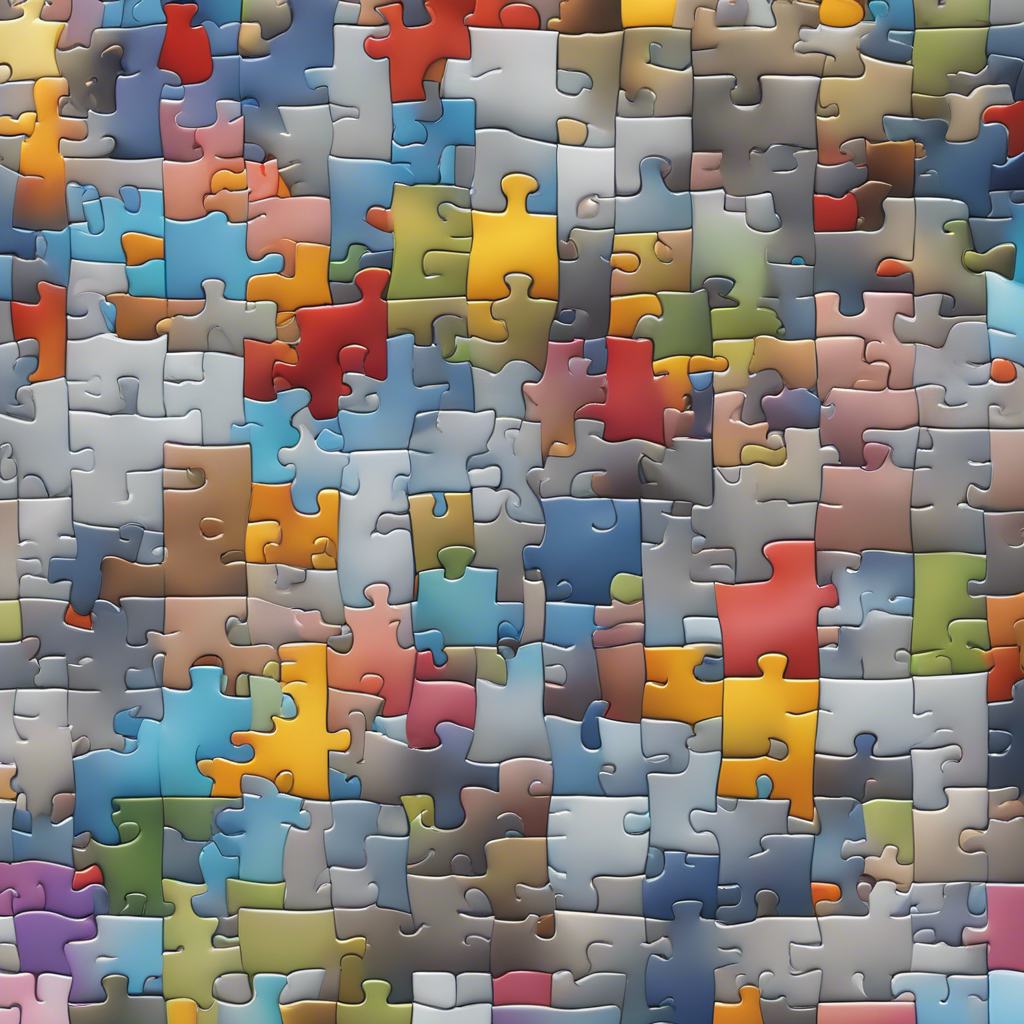
Web 3.0 and the Evolution of the Internet: A Comprehensive Overview
In the constantly evolving landscape of technology, the Internet has experienced significant transformations since its inception. From the early days of static web pages to the rise of interactive websites and social media platforms, the Internet has shaped the way we communicate, work, and access information. Today, we find ourselves at the dawn of a new era known as Web 3.0. In this blog post, we will delve into the concept of Web 3.0 and explore its implications for the future of the Internet.
Introduction to Web 3.0
Web 3.0, also referred to as the Semantic Web, is the next phase in the evolution of the Internet. It aims to not only connect information but also understand the meaning behind it. Unlike its predecessor, Web 2.0, which focused on user-generated content and social interactions, Web 3.0 aims to bring intelligence and context to online experiences and create a more personalized and efficient digital ecosystem.
Key Features of Web 3.0
-
Artificial Intelligence (AI) and Machine Learning: AI plays a significant role in Web 3.0 by enabling systems to understand and learn from data, making interactions more intelligent and personalized. This allows for more accurate search results, better recommendations, and improved user experiences across various applications.
-
Linked Data: Web 3.0 emphasizes the usage of linked data, enabling machines to easily navigate and interpret the vast amount of information available on the Internet. By using standardized protocols and formats, interconnected data sources can be understood and utilized by various applications, making information retrieval more efficient and seamless.
-
Semantic Web: The Semantic Web is a concept closely associated with Web 3.0. It aims to organize data in a way that machines can understand and process it, moving beyond simple text-based searches to context-dependent interactions. By adding machine-readable metadata to content, the Semantic Web enables intelligent agents to infer relationships and meaning, transforming the way we interact with information.
-
Decentralization and Blockchain: Web 3.0 envisions a more decentralized Internet infrastructure, utilizing technologies like blockchain to enhance security, privacy, and data ownership. By removing central authorities, users can regain control over their personal data while maintaining transparency and trust in online transactions.
Applications of Web 3.0
The potential applications of Web 3.0 span across various industries and sectors, offering opportunities for innovation and enhanced user experiences. Let’s explore some key areas where Web 3.0 is expected to make a significant impact:
1. Finance and Banking
Web 3.0 has the potential to revolutionize the financial industry by enabling decentralized financial systems and smart contracts. Blockchain technology can facilitate secure and transparent transactions while reducing costs and eliminating intermediaries. Decentralized finance (DeFi) platforms, powered by Web 3.0, offer new ways to access financial services and participate in a global economy without traditional gatekeepers.
2. Healthcare
In the healthcare industry, Web 3.0 can enhance patient care, medical research, and data management. By leveraging AI algorithms and the Semantic Web, healthcare professionals can access and analyze vast amounts of medical data, leading to more accurate diagnoses and personalized treatments. Secure and interoperable data sharing through blockchain technology ensures patient privacy and consent.
3. Internet of Things (IoT)
Web 3.0 can play a crucial role in the advancement of the Internet of Things. By interlinking devices and leveraging AI algorithms, Web 3.0 can enable smart homes, intelligent transportation systems, and connected cities. The increased interoperability and collaboration between devices will lead to more efficient resource management and improved automation.
4. Education
Web 3.0 has the potential to transform the way we learn and access educational resources. Intelligent tutoring systems, adaptive learning platforms, and personalized content delivery can greatly enhance the effectiveness and efficiency of education. By leveraging AI and machine learning algorithms, Web 3.0 can create more engaging and tailored learning experiences for students of all ages.
Challenges and Considerations
While the vision of Web 3.0 holds great promise, its realization comes with its fair share of challenges and considerations. Some of the key areas of concern include:
-
Privacy and Security: As the Internet becomes more decentralized and interconnected, ensuring privacy and security becomes paramount. Robust frameworks and protocols need to be established to protect user data and maintain trust in the system.
-
Data Governance: With increased data interoperability, the issue of data ownership and control becomes more complex. Defining clear regulations and standards for data governance and ensuring ethical practices in data usage are critical for the success of Web 3.0.
-
Accessibility: As Web 3.0 progresses, it is essential to consider accessibility and ensure that the benefits of this technological advancement are available to everyone. Efforts should be made to bridge the digital divide and provide equal opportunities for participation.
Conclusion
Web 3.0 represents an exciting and transformative phase in the evolution of the Internet. By leveraging artificial intelligence, linked data, and decentralized technologies like blockchain, Web 3.0 has the potential to bring intelligence, efficiency, and trust to our online experiences. As with any technological advancement, careful consideration of challenges and ethical considerations is necessary to ensure a seamless and inclusive future for the Internet.
References:
-
Berners-Lee, T., Hendler, J., & Lassila, O. (2001). The Semantic Web. Scientific American, 284(5), 34-43.
-
Huh, M-H. (2020). Understanding the Evolution of the Web: Web 1.0, Web 2.0, and Web 3.0. In The SAGE Encyclopedia of the Internet (pp. 527-533). Sage Publications.
-
Loukis, E., Charalabidis, Y., & Alexopoulos, C. (2015). Web 3.0 and smart public administration: New challenges and emerging perspectives. Government Information Quarterly, 32(4), 478-485.






